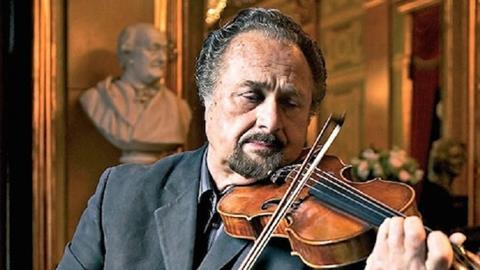There are no short cuts to discovering the fingerings and bowings to suit your hands, writes the American violinist. Practice and more practice is the key

Have you ever thought about an edition of music by a great violinist, as having a lesson from a master? An edition can provide an invaluable learning experience if studied thoughtfully. Bowings can provide indications as to which part of the bow to use, how much bow to be drawn, bow speed, and attention to dynamic markings. Fingerings can become a personal matter as no hands are alike. The main objective is intonation.
Every great player arrives at fingering patterns to facilitate rapid passages or to best express lyric lines. The notated fingerings in an edition may not always suit your hand. You must experiment with changes. This requires slow and patient practice. When making a new fingering, begin slowly to get your hand set, then gradually build up the tempo. When up to speed, repeat 40 to 50 times. If it doesn't sit well, begin all over again with different fingerings and bowings. Be flexible and play it over and over many times until you are comfortable. The test is in performance, for then you will know if it works well. If not, it's back to the drawing board.
The manner of bowing is most important as this can affect the left hand problem. Try an up bow instead of a down bow. It's amazing how an up bow in an ascending rapid passage can ease your left hand. Many times reversing the stroke will clarify your fingering patterns.
Nathan Milstein, whom I knew well, was continually experimenting with fingerings to achieve effects and to better serve the music. I remember a day when he proudly showed me two clever fingerings in the Brahms Concerto and some other tricks in using open strings to facilitate rapid passagework in a transcription he was preparing. He was an amazing violinist, and he never stopped practising to improve upon his extraordinary skills.
Diligent practice to work out bowings and fingerings can be a lot of fun. When you find a solution that works for you, it's an accomplishment. Most importantly, play by memory. When practising like this, motor reflex takes over and you can play a difficult passage out of context at any time. This is a method I have used successfully throughout my entire career. Practice, practice, practice!!! I do not know of any short cuts.
































No comments yet